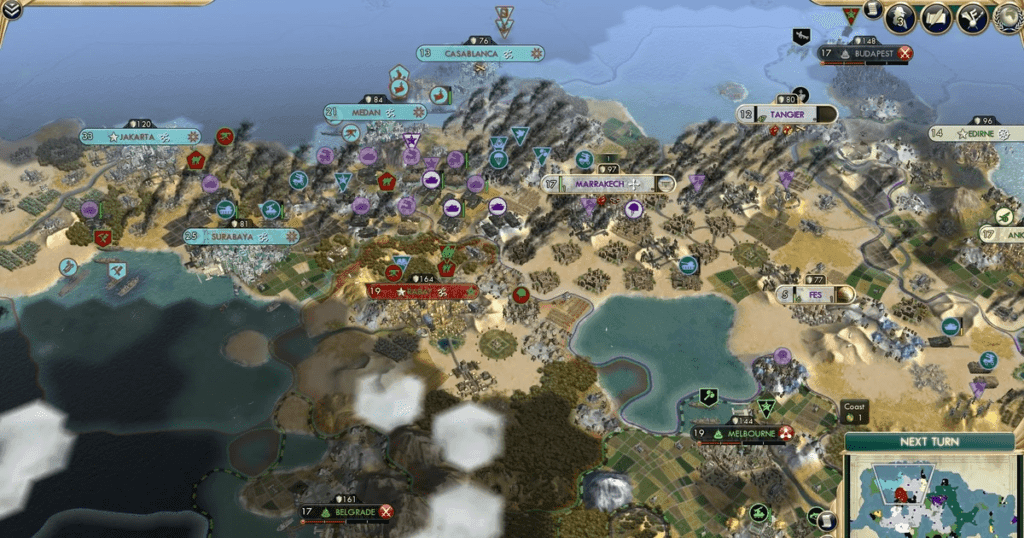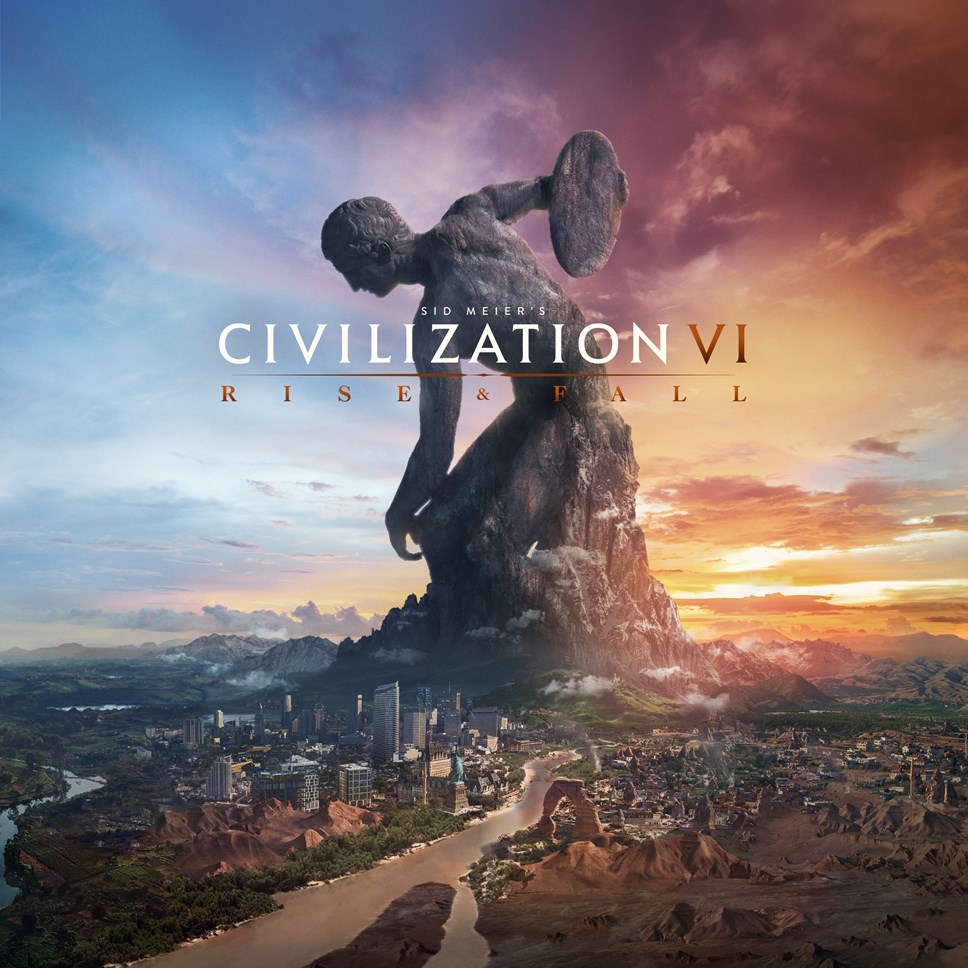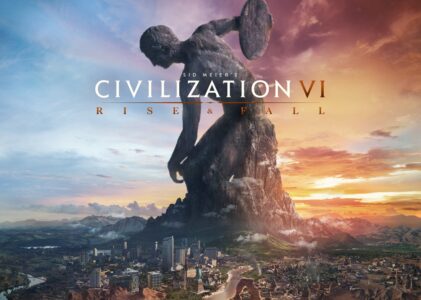Since its inception in 1991, Sid Meier’s Civilization series has captivated strategists and history buffs alike, offering players the chance to rewrite history from the stone age to the space age. Each installment of this iconic series has built upon the last, refining gameplay, expanding narratives, and pushing the boundaries of what strategy games can be. This article takes a deep dive into each entry of the Civilization series, evaluating how they evolved and stood out in their own right.
We will explore the technological advancements that defined each era of the series, from the pixelated maps of the original Civilization to the sleek, detailed graphics of Civilization VI. Gameplay mechanics, historical representation, cultural impact, and much more will be examined to understand how each game contributed to the series’ enduring success. Whether you’re a veteran of the series or a curious newcomer, join us as we journey through the storied history of one of gaming’s most influential series. Let’s discover which Civilization truly stands the test of time in the annals of gaming history.
How can you Compare such different games?
Comparing and judging games within the Civilization series involves considering several criteria that highlight different aspects of game design, performance, and player experience. Here are some key factors used to evaluate the games in the Civilization series:
- Gameplay Mechanics: Assessing how each installment introduces or refines core gameplay mechanics such as city-building, resource management, and diplomatic interactions. This includes the depth and complexity of the mechanics and how they contribute to a strategic gaming experience.
- Technological Advancements: Evaluating the graphical improvements, AI behavior, user interface enhancements, and overall technological updates across different versions. This also encompasses the stability of the game, such as load times and bug frequency.
- Historical Accuracy and Representation: Analyzing how each game in the series represents historical events, leaders, and civilizations. This involves looking at the educational value of the game and the balance between historical authenticity and gameplay needs.
- Modding and Customization: The extent to which the game supports community modifications and custom content. This includes how easy it is for players to modify the game or add new content, which can significantly enhance longevity and replayability.
- Expansion Packs and DLC: Reviewing the quality and quantity of expansions and downloadable content (DLC) that each game receives. This criterion considers how expansions contribute to the game’s depth and variety.
- Multiplayer Functionality: Considering the multiplayer features, such as the ease of connecting with other players, game balance in multiplayer mode, and overall community support for competitive play.
- Cultural Impact and Reception: Reflecting on the critical reception, sales figures, and overall impact on the gaming community and culture at large. This includes awards won, influence on other games, and the game’s role in popularizing the 4X genre.
- Innovation and Originality: Judging how each title in the series pushes the boundaries of the genre or introduces innovative concepts that were new at the time of release.
- Music and Audio: Evaluating the quality of the soundtrack and sound effects, including how they enhance the game atmosphere and immersion.
- Longevity and Replay Value: Assessing how compelling the game is over time, including the diversity of strategies players can employ and the different outcomes they can experience in each playthrough.
Civilization I (1991)
The original “Civilization” laid the groundwork for the series. Players start in 4000 BC and strive to develop a civilization that can advance through the ages. The goal is to conquer the world through military might, technological superiority, or cultural influence. This game introduced the basic formula that would define the series: a combination of city-building, resource management, diplomatic maneuvering, and strategic warfare.

- Gameplay Mechanics: Introduced the basic 4X model (explore, expand, exploit, exterminate) that became foundational for the series.
- Technological Advancements: Limited by the era, featuring simple 2D graphics and basic user interface.
- Historical Accuracy and Representation: Provided a broad, albeit simplistic, overview of human history.
- Modding and Customization: Very limited due to the technology of the time.
- Expansion Packs and DLC: None.
- Multiplayer Functionality: No multiplayer support.
- Cultural Impact and Reception: Highly influential, establishing the 4X strategy genre.
- Innovation and Originality: Highly innovative for its time.
- Music and Audio: Minimalist, with basic sound effects.
- Longevity and Replay Value: High for its time due to the novelty and depth, but overshadowed by later entries.
Civilization II (1996)
Building on its predecessor’s success, “Civilization II” added new features and deeper gameplay mechanics, including a new isometric viewpoint. Players could now experience more sophisticated AI, varied terrain types, and enhanced combat options. It also introduced the concept of government types, which significantly affected gameplay, adding another layer of strategy.

- Gameplay Mechanics: Expanded on the original with new units, technologies, and a more detailed government system.
- Technological Advancements: Improved graphics with isometric view and more detailed interfaces.
- Historical Accuracy and Representation: Enhanced depth in scenarios and civilizations.
- Modding and Customization: Introduced scenario support, allowing for some customization.
- Expansion Packs and DLC: Multiple expansion packs that added scenarios and features.
- Multiplayer Functionality: Introduced basic multiplayer features.
- Cultural Impact and Reception: Very positive, seen as a major step forward for the series.
- Innovation and Originality: Built significantly on the original’s framework.
- Music and Audio: Improved audio with more immersive effects.
- Longevity and Replay Value: Very high, with many still playing it due to its depth.
Civilization III (2001)
With “Civilization III,” the series saw improvements in graphics and introduced features like culture, which could influence cities and borders. This installment emphasized a more refined approach to diplomacy and added more complexity to the economic system with resources that had specific trade and usage impacts.

- Gameplay Mechanics: Introduced culture, more sophisticated diplomacy, and resources.
- Technological Advancements: Further improved graphics and interface enhancements.
- Historical Accuracy and Representation: Greater emphasis on cultural development and victory conditions.
- Modding and Customization: Stronger support for modding community.
- Expansion Packs and DLC: Several expansions that added new features and civilizations.
- Multiplayer Functionality: Improved multiplayer stability and options.
- Cultural Impact and Reception: Received well, though with some criticism over certain gameplay mechanics.
- Innovation and Originality: Continued to innovate with new game mechanics like culture.
- Music and Audio: Richer soundtrack and more detailed sound effects.
- Longevity and Replay Value: Maintained a strong player base.
Civilization IV (2005)
“Civilization IV” brought the franchise into the 3D era with improved graphics and a more user-friendly interface. It introduced religion and great people, two significant additions that allowed for new ways to influence the world. This version also featured a robust modding scene, thanks to its flexible game engine.
- Gameplay Mechanics: Introduced religion, great people, and more refined government types.
- Technological Advancements: Fully 3D engine, significant UI improvements.
- Historical Accuracy and Representation: Deepened historical and cultural aspects.
- Modding and Customization: Very strong modding tools and active community.
- Expansion Packs and DLC: Robust expansions including “Warlords” and “Beyond the Sword”.
- Multiplayer Functionality: Solid and more integrated multiplayer experience.
- Cultural Impact and Reception: Highly acclaimed, won multiple game of the year awards.
- Innovation and Originality: Seen as a pinnacle of the series by many, due to its depth and complexity.
- Music and Audio: Exceptional score by Christopher Tin, winning a Grammy for the song “Baba Yetu”.
- Longevity and Replay Value: Extremely high, considered by some as the best in the series.

Civilization V (2010)
Perhaps one of the most beloved entries, “Civilization V” revamped many series elements, introducing hexagonal tiles for the game map and removing unit stacking to enhance combat strategy. The game emphasized a more streamlined experience and brought a sharper focus on tactical decisions.

- Gameplay Mechanics: Introduced hexagonal tiles and removed unit stacking, focusing on combat tactics.
- Technological Advancements: Improved graphics and streamlined interface.
- Historical Accuracy and Representation: More detailed cultural and policy development.
- Modding and Customization: Strong mod support but initially less than IV.
- Expansion Packs and DLC: Significant expansions like “Gods & Kings” and “Brave New World” which deeply enriched the game.
- Multiplayer Functionality: Generally good, though with some connectivity issues.
- Cultural Impact and Reception: Very positive, though some longtime fans missed features from IV.
- Innovation and Originality: Notably changed gameplay dynamics with hex tiles and city-states.
- Music and Audio: High-quality soundtrack maintaining the series’ reputation.
- Longevity and Replay Value: Very strong, with a large active player base.
Civilization VI (2016)
The latest main entry as of its release, “Civilization VI,” offers even more depth and variety, with each leader having a unique ability, agenda, and gameplay style. The game introduced districts, a feature that allows players to build specialized areas within cities, further deepening the strategic gameplay. This installment encourages more active planning and strategy than its predecessors.
- Gameplay Mechanics: Introduced city districts, expanded on government and policies.
- Technological Advancements: Further graphical improvements, more complex AI.
- Historical Accuracy and Representation: Enhanced world leader AI personalities, more historical scenarios.
- Modding and Customization: Robust modding capabilities.
- Expansion Packs and DLC: Expansions like “Rise and Fall” and “Gathering Storm” added significant new mechanics.
- Multiplayer Functionality: Improved over V, with more reliable performance.
- Cultural Impact and Reception: Generally well-received, praised for innovations.
- Innovation and Originality: Added many new concepts to the series, like climate change and natural disasters.
- Music and Audio: Excellent music that adapts to the civilizations.
- Longevity and Replay Value: High, with ongoing updates and active community support.

This overview covers the evolution of the Civilization series, showing how each installment built upon its predecessors to refine and expand upon the formula that has made the series a cornerstone of strategy gaming.
But Which Civilization is the Best!?!?
Among the Civilization series, Civilization V and Civilization IV are often regarded as the best by both critics and fans, although which one tops the list can depend on personal preference and specific criteria like gameplay, moddability, and depth. Here’s why each game might be considered the best:
Civilization IV
- Depth and Complexity: Civilization IV is praised for its deep strategic gameplay and complex mechanics, including religion, great people, and refined government types. It struck a balance between accessibility and depth that appealed to both newcomers and hardcore fans.
- Modding Community: This entry is notable for its robust modding tools and a very active modding community, which has kept the game fresh and continuously evolving long after its release.
- Music and Audio: The game features an exceptional soundtrack, including the Grammy-winning song “Baba Yetu” by Christopher Tin, which is the first piece of video game music to win a Grammy.
- Cultural Impact: Civ IV is widely regarded as a pinnacle in the series for its introduction of groundbreaking features that influenced future titles.
Civilization V
- Gameplay Innovations: Civilization V introduced hexagonal tiles and non-stacking military units, which significantly changed combat tactics and strategy, making warfare more about terrain and planning.
- Graphics and Accessibility: It featured improved graphics and a more streamlined user interface compared to its predecessors, making it more accessible to a broader audience.
- Expansion Packs: With expansions like “Gods & Kings” and “Brave New World”, Civ V greatly expanded its gameplay, adding features like religion and espionage, which were highly praised.
- Longevity: Despite initial mixed reviews due to the changes in gameplay and missing features from Civ IV, Civ V grew in popularity and is often considered one of the best after its expansions enhanced its depth and replayability.
Community Preference
Among the community, there is a significant split:
- Civ IV enthusiasts appreciate the game for its complexity and depth, allowing for varied and nuanced strategies.
- Civ V fans enjoy the more modern and streamlined approach, especially the changes to combat mechanics and the broader strategic options introduced by the expansions.
Ultimately, the “best” game comes down to what aspects of the Civilization experience resonate most with individual players. Civ IV often wins out for those looking for depth and complexity, while Civ V appeals to those who prefer accessibility and tactical gameplay.
Personally? I think the original Civ is best, simply becasue you can pick it up and play easily and quickly without getting confused or distracted by the pretty lights!!

